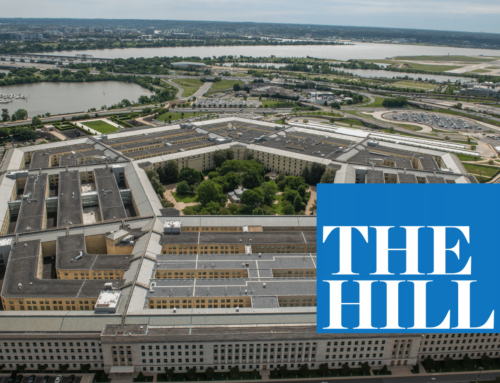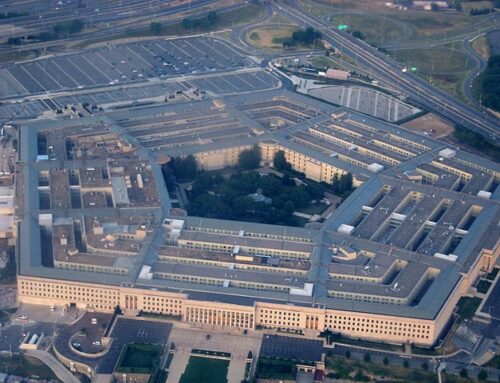Recently, the F-35 program has spent more than the usual amount of time in the spotlight. But not in a good way.
There are several ways a weapon system can find itself in the news. A recent military action may highlight its role in securing the nation. It might be the center of the most recent rollout of a shiny, new, whiz-bang aircraft with bands playing, flags flying and aircraft engines roaring. Or it might be the subject of an investigation of contractor fraud, test failures, or inability to meet cost and schedule requirements. Each of these possibilities has played out in official Washington on weapons procurement programs, large and small.
But official Washington is in the midst of a sea-change. The usual order is suspended, perhaps obsolete. Social media musings by the president have direct and immediate effect on the value of publicly traded companies. Corporate officials scramble to respond to invitations to explain the direction of their major weapons programs.
And first into the spotlight in this new normal is the F-35 aircraft. Recent press coverage would lead the unsuspecting to believe the president and the secretary of defense are taking on the F-35 program writ large. For readers who have remained blissfully unaware of this monstrously expensive fighter, it is a so-called “joint” program with three different variants under development for the differing operational needs of the Air Force, the Navy and the Marine Corps. Joint aircraft programs have a long, checkered history and it is doubtful that they actually save the government money.
Much ink has been spilled to report on supposed cost cuts being negotiated for the next lot of F-35s. There are competing views on whether the unit cost was already scheduled to come down, but we can all agree that down is the direction we would like to see for the enormous costs of this program.
Last Friday, the Secretary of Defense directed reviews of the F-35 Joint Strike Fighter program and the program to replace Air Force One. From the press reporting it appeared the entire F-35 program was under review. But read the actual F-35 memorandum to the deputy secretary of defense from Secretary James Mattis. In fact, only one version of the F-35 is under a comprehensive review: the Navy variant of the program, which must be capable of taking off and landing on an aircraft carrier and withstanding the challenges of operating in a salt water environment.
The memo starts out in a promising way, “The F-35 Joint Strike Fighter (F-35) program is a critical acquisition program that warrants a detailed assessment to reduce associated program costs. … The Deputy Secretary of Defense shall oversee a review of the F-35 program to determine opportunities to significantly reduce the cost of the F-35 program while meeting requirements.”
Fantastic. Organizations with jurisdiction to review weapon system costs like the Government Accountability Office and the Congressional Budget Office have warned of the ever-increasing costs to buy and operate the F-35 in the coming years.
But pay attention to where the memorandum goes from there: “In parallel, the Deputy Secretary of Defense will oversee a review that compares F-35C and F/A-18E/F operational capabilities and assesses the extent that F/A-18E/F improvements (an advanced Super Hornet) can be made in order to provide a competitive, cost effective, fighter aircraft alternative.”
So the deputy secretary of defense (a former Marine Corps officer, by the way) will review and report to the secretary of defense (also a former Marine) whether an advanced Super Hornet is a viable, lower cost, alternative to the proposed Navy version of the F-35. My organization has argued for several years that this is an assessment of alternatives needs to be made. So I’m glad high-level direction is making it happen.
But I remain skeptical that the Marine Corps. will make it easy for the Navy to buy more Super Hornets and fewer F-35s. Why? Because if one military service pulls out or significantly reduces its buy, the unit cost for the remaining services goes up. And with the president taking credit for cutting program costs by $600 million, nobody at the Pentagon wants that.











Get Social